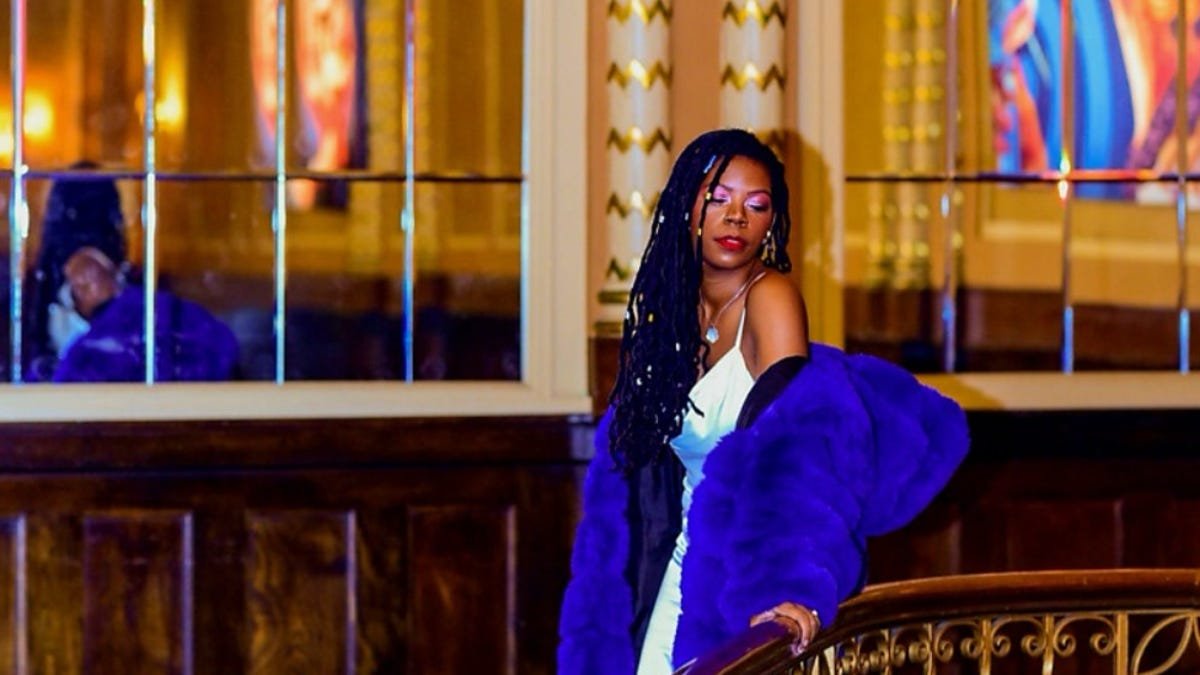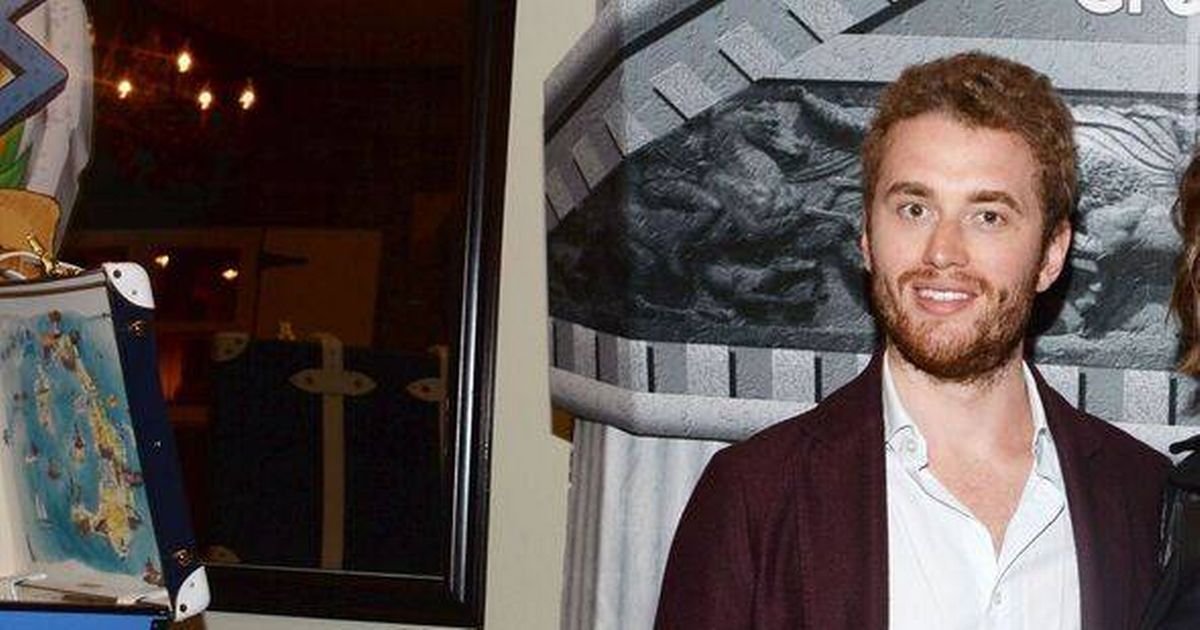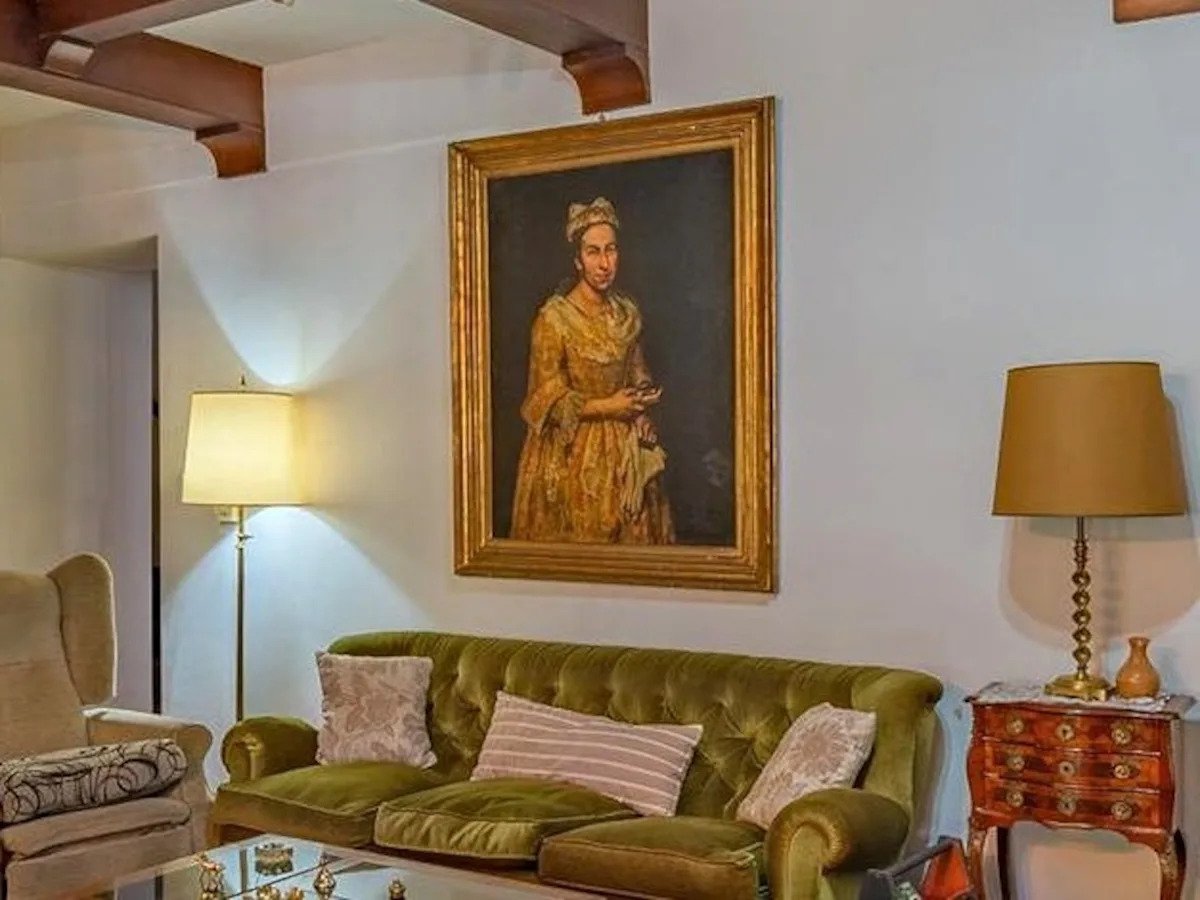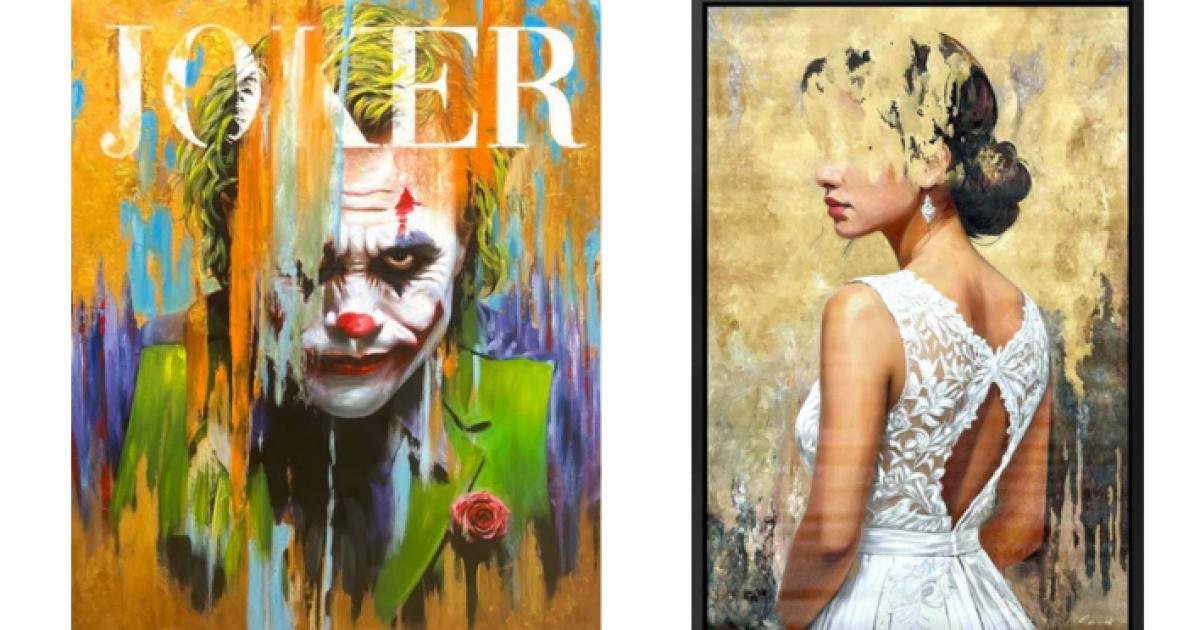Stanley Stellar was on Canal Street one Sunday morning in 1976 when a young man with a killer body passed by. Like many New York street photographers, Stellar is curious, bordering on nosy, and he can, when necessary, be a whiz at masking flirtation as flattery to put straight guys at ease.
Stellar convinced the man to lift his T-shirt for a photo, and in return Stellar got an eyeful of chest and colorful bird tattoos, a picture Stellar later named “I Got Birds Too.”
The man’s shirt went back on and a lightbulb went off.
“I walked away from this and went, oh, this is who I am,’” Stellar, 79, said in a recent interview at his TriBeCa apartment.
That chance encounter was an awakening that helped fuel Stellar’s decades-long drive to take pictures of unapologetic, maverick gayness as much as he can fit into a day. He’s still at it, as his nearly 40,000 Instagram followers can testify.
To be clear, Stellar is gay. Spare him “queer.”
“I don’t like how gay has been marginalized and dismissed,” he said. “At this point in my life, I’m not going to go, Oh yeah, I’ve always been a queer artist.’ No.”
From May 1-5, Stellar will step onto possibly his biggest stage when Kapp Kapp, the queer-centered TriBeCa gallery run by the twin brothers Sam and Daniel Kapp, shows his work at Frieze New York, the annual international art fair that returns to the Shed at Hudson Yards.
On view will be 15 of Stellar’s “Piers” photographs: assertive portraits and lazy-day snapshots of the mostly gay men who claimed the decrepit West Side piers as social and sexual turf in the 1970s and ’80s. Many photographs will be shown in color for the first time; “Stanley Stellar: The Piers,” a related book of photos, has been reprinted timed to the fair.
Other, more acclaimed artists made art at, and out of, the piers: David Wojnarowicz, Peter Hujar, Keith Haring, Gordon Matta-Clark. The Kapp brothers hope Frieze will do for Stellar what the Bronx Museum did in 2019 with its career-defining retrospective of Alvin Baltrop, whose photographs of the piers had been largely unheralded.
“Stanley doesn’t fit really cleanly into the narrative of what people want a New York City gay photographer to be,” said Sam Kapp, who joined his brother on video for an interview. “That’s where we’ve seen our position from the start: how do we contextualize this legend as he deserves to be?”
Among Stellar’s fans is the writer and filmmaker Leo Herrera, whose work explores the AIDS generation. He said he admired the photographer’s “overall love and appreciation — a shameless appreciation — of gay male beauty and gay sexuality during a time when we are facing the same censorship of the ’70s and the stigma of the ’80s, just on different platforms.”
As grateful as Stellar is to be at Frieze, behind his mile-a-minute monologues, he’s got a question: What took so long?
“I know that everyone wants to focus on the piers, the piers, the piers,” he said. “I’m just too big to focus only on the piers.”
Stellar was dressed in a light blue shirt and cargo shorts as he roamed the rent-stabilized apartment where he has lived since 1974 with Tom Miller, a retired linguist and his partner of 50 years. The home doubles as a studio.
Stellar grew up with his parents and brother in a ground floor apartment at Cortelyou Road off Flatbush Avenue, “the most bourgeois section of Brooklyn” at the time, he said. He caught the photography bug at 10 when an uncle gave him a viewfinder camera.
Stellar said he was never in the closet because in his artistic family being “out” wasn’t a dirty secret. His father had a custom upholstery, slip cover and drapery shop in Bay Ridge, Brooklyn, and his mother was “a frustrated painter,” as Stellar called her, who one afternoon brought a tray of tea and cookies to her son’s boy crush.
Stellar studied graphic design at Parsons and earned a living working for Art Direction magazine. But as a gay commercial photographer, he struggled to get well-paying work, although he has had gallery representation over the years.
He freelanced for gay publications and newsweeklies, filling entire filing cabinets and binders with contact sheets of everything from Wigstock to a model, Tommy.
In 2019, when the Kapp brothers gave him a solo exhibition at their former gallery in Philadelphia, he started to see financial gain. (His photographs sell for $4,000 to $10,000.)
He now feels financially stable for the first time.
Like Hujar, a good friend, Stellar was a habitué at the piers, but says he was there to cruise and have sex as much as to take pictures in the plein-air studio.
“We never had a place in the sunshine, a place in the light — there was no place for us to see each other,” he said. “And then there was.”
In his photographs of young gay men on the cusp of a plague, Stellar is a reminder that many gay men of his generation lived to make art, and their work, then as now, is a testament to a time, and a community. Last summer, GAYLETTER, a queer art magazine founded by Tom Jackson and Abi Benitez, ran on the cover a Stellar photo of a man posing inside a crumbling room at the piers, his backside exposed.
Jackson said he considers Stellar an ethnographer for a generation of gay men too young to remember AIDS.
“I don’t think he realized he was creating obituaries,” Jackson said.
Herrera, the filmmaker, put it a different way: “A lot of people who had AIDS were photographed by him while they were still beautiful.”
Stellar is proud of his nonexplicit work; he said he’s photographed almost every New York City Pride march since the first one in 1970. But he knows his piers photos may most define him.
“I never asked you what you thought of the piers,” Stellar asked Miller.
“I never asked you either, because we know,” Miller said, laughing.
“I did it all for us,” Stellar replied, softly. “I photographed us for us.”






